Geography Reference
In-Depth Information
60
°
40°
40°
ATLANTIC
OCEAN
Tropic of Cancer
20°
20°
20°
PACIFIC
Equator
0°
OCEAN
BRAZIL
20°
20°
20°
Tropic of Capricorn
40°
40°
40°
40°
WORLD POPULATION
DISTRIBUTION
One dot represents
100,000 people
120°
160°
140°
80°
60°
40°
60°
60°
60°
60°
SOUTHERN
OCEAN
0
1000
2000
3000 Kilometers
0
1000
2000 Miles
Figure 2.5
World Population Distribution.
© H. J. de Blij, P. O. Muller, and John Wiley & Sons, Inc.
Washington, D.C. in the south to Boston, Massachusetts
in the north. On Figure 2.5, the cities in this region
agglomerate into one large urban area that includes
Washington, D.C., Baltimore, Philadelphia, New York
City, and Boston. Urban geographers use the term
mega-
lopolis
to refer to such huge urban agglomerations. The
cities of megalopolis account for more than 20 percent of
the U.S. population.
Look at the global-scale map in Figure 2.6 and
notice that the dense population concentration of meg-
alopolis is stretched west into the nearby Canadian cit-
ies of Toronto, Ottawa, Montreal, and Quebec City.
Adding these Canadian cities to the population of meg-
alopolis creates a population cluster that is about one
quarter the size of Europe's population cluster. If you
have lived or traveled in megalopolis, you can think
about traffi c and comprehend what dense population
means. However, recognize that the total population of
megalopolis is 2.8 percent of the East Asian population
cluster and that the 5,309 people per square mile density
of New York City does not rival the density in world cit-
ies such as Mumbai, India, with a population density of













































































































































































































































































































































































































































































































































































































































































































































































































































































































































































































































































































































































































































































































































































































































































































































































































































































































































































































































































































































































































































































































































































